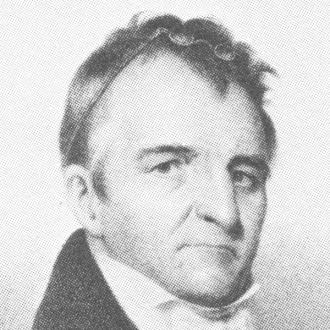Who was one of the first US chief engravers?
 January 28, 1824 — William Kneass (September 25, 1781 – August 27, 1840) became the country’s chief engraver today, a job he held until his death in 1840.
January 28, 1824 — William Kneass (September 25, 1781 – August 27, 1840) became the country’s chief engraver today, a job he held until his death in 1840.
Kneass is credited with designing the “Classic Head” motif, which appeared on numerous denominations of American currency, including the gold Quarter Eagle ($2.50) and Half Eagle ($5.00) gold pieces from 1834-1839.
He also modified John Reich’s “Capped Bust” design on the half dime through half-dollar from the years 1829-1837. Additionally, Kneass utilized his modified Capped Bust for the rebirth of the half-dime in 1829.
Born in Lancaster, PA, he served in the War of 1812 as a volunteer associate of the field engineers, and helped construct fortifications on the western front of Philadelphia. He then ran an engraving office on Fourth above Chestnut Street — a popular meeting place for “leading wits and men of culture.”
Married to Mary Turner Honeyman Kneass, they had six children including a notable architect, Samuel Honeyman Kneass (1806–1858), and engineer, Strickland Kneass (1821-1884).
Sources
Words of Wisdom
He was a warm gentleman of the old-school, who had the rare quality of engaging and winning the esteem and affection of children and youth.





